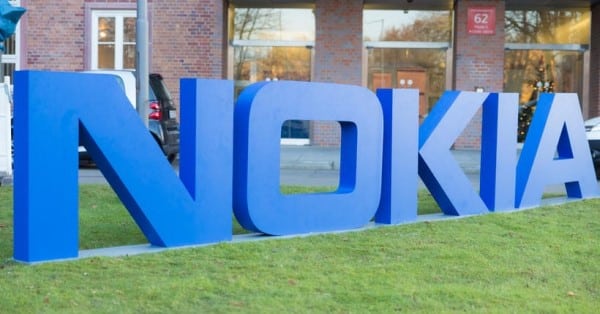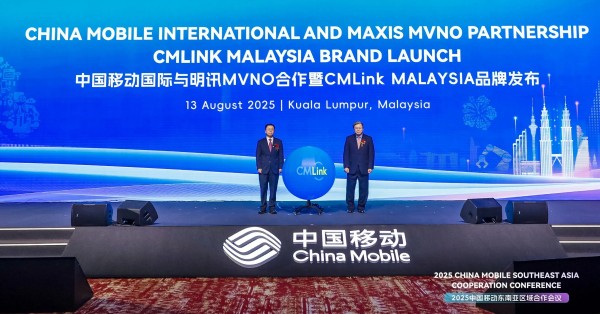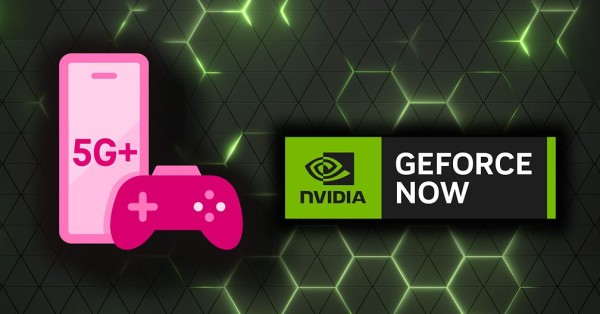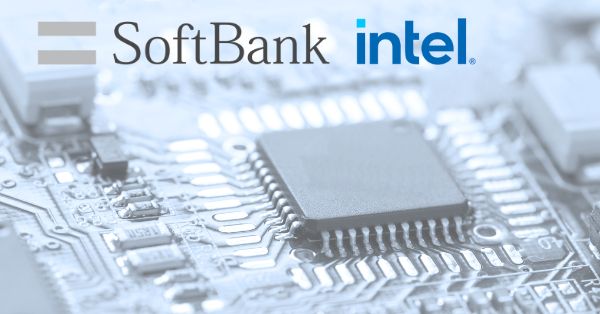Nokia and O2 Telefónica Germany achieve a breakthrough with 5G 2CC Uplink Carrier Aggregation in a commercial network
- Industry-first milestone achieved on O2 Telefónica’s live 5G network with Nokia’s commercial 5G AirScale portfolio and MediaTek’s mobile platform
- Faster uplink speeds in Carrier Aggregation will support the metaverse era
- Nokia is an industry leader in Carrier Aggregation
Nokia and O2 Telefónica Germany announced that they have successfully aggregated sub-6 GHz spectrum frequencies in an industry-first two-component carrier uplink Carrier Aggregation (CA) trial on 5G Standalone. Nokia has previously demonstrated four component carrier downlink 5G Carrier Aggregation, as well as uplink Carrier Aggregation on the millimeter wave spectrum. Together with O2 Telefónica Germany, Nokia is the first to combine sub-6 GHz spectrum to boost uplink throughput.
CA enables mobile operators to maximize their spectrum assets to reach higher throughputs and enhance the 5G experience for subscribers. As users create and share content online such as HD video, Carrier Aggregation will improve the performance of 5G by delivering improved UL network usability at the cell edge with higher reliability and lower latency. Mobile operators will be able to enable new industrial use cases for verticals such as the automotive industry and live broadcasts of events and virtual reality experiences for consumers and enterprises, paving the way for the metaverse.
The proof-of-concept took place at O2 Telefónica’s Innovation Cluster near Berlin and utilized O2 Telefónica’s live commercial network. Nokia provided solutions from its latest energy-efficient AirScale portfolio including Baseband, massive MIMO, and RRH products, powered by its Reefshark chipset. MediaTek provided its 5G mobile platform using the MediaTek Release-16 M80 modem integrated into the MediaTek Dimensity 9000 flagship chipset. The companies used the combination of a 20 MHz carrier on the 1800 MHz band (n3) and a 70 MHz carrier on the 3.6 GHz band (n78) using Carrier Aggregation technology to achieve a peak throughput of 144 Mbps.
Cells on a lower frequency in Frequency Division Duplex (FDD) mode provide wide coverage. They are complemented by cells on higher frequencies typically in Time Division Duplex (TDD), which feature higher bandwidth and capacity, but lower coverage range. Uplink Carrier Aggregation of FDD and TDD combines frequencies to provide higher data rates and increased coverage, especially at the TDD cell edge and indoors. This combination can greatly reduce the cost of network construction while improving network coverage and the user experience as well as helping ensure low latency.
JS Pan, General Manager, Wireless Communication Technology at MediaTek, said: “The combination of spectrum frequencies utilizing Carrier Aggregation delivers premium coverage and capacity to mobile subscribers where it is needed. Our new 5G mobile platforms utilizing the M80 modem are fundamental to delivering this achievement and we look forward to continuing to support our industry partners to push new boundaries in the development of 5G.”
Mallik Rao, Chief Technology & Information Officer at O2 Telefónica, commented: “We want to offer our customers an optimal 5G experience in their everyday digital lives. We are continuously working on technological innovations that will make our O2 network of the future more powerful. With frequency bundling, we will enable our customers to enjoy faster downloads and uploads in our 5G network in the future. Together with our long-time partner Nokia, we have succeeded in taking this step also for uploads in the 5G standalone network. Carrier aggregation will take our 5G network to the next level and improve the network experience.”
Mark Atkinson, SVP, Radio Access Networks at Nokia, commented: “This successful Carrier Aggregation uplink trial on sub-6 GHz spectrum is yet another example of Nokia’s innovation and technology leadership and the continuation of our fruitful partnership with O2 Telefónica. While many 5G services require high downlink data rates, increasing sub-6 GHz uplink speeds is an important precondition for advanced 5G use cases. Carrier Aggregation software complements our high-performance AirScale portfolio, placing Nokia at the forefront of providing technologies that support mobile operators in maximizing radio network efficiencies.”
The post Nokia and O2 Telefónica Germany achieve breakthrough with 5G 2CC Uplink Carrier Aggregation in a commercial network appeared first on Nokia media release.









































